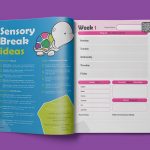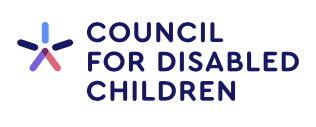Don’t miss my latest news
Register for my newsletter here >
EHCP – starting out
We're all different...right?
We may look different, come from different backgrounds, have various differing values and points of view etc. so is it really that hard to fathom that we all learn differently too?
Some kids who go to school thrive, there is a bigger proportion of kids that just ‘get on with it’ and then there are the ‘square pegs trying to fit into round holes’. For these children, school can cause anything from feeling inadequate and ‘left behind’ to actual life-long trauma. So what can we do to help these ‘square pegs’ of ours?
A few steps are listed below but initially, speaking to your child’s teacher and the school SENCO is key. Support can (and should) be put into place first to see if progress can be made, and only after this intervention can the school assess whether more is needed in the form of an EHC Plan.
Speak to your school
Speak to your child’s teacher and also try to have meeting with the SENCO (Special Educational Needs Co-ordinator). Explain your concerns and ask for their own observations of how your child is doing in school. They might have different viewpoint as many kids ‘mask’ well at school to ‘fit in’, but then fall apart at home.
Speak to your SENDIAS
SENDIAS services can support children, young people and their families on a range of issues including: school exclusions; EHC Needs Assessments; supporting conversations with a school or local authority; representation at SEND tribunals. Find your local service on the Council for Disabled Children’s website here >
What should be offered
Schools are expected to have policies for supporting pupils, particularly those with disabilities (including learning difficulties). SENAC offer some advice on what support schools are legally required to offer, based on a 3 stage framework – view here >
Next steps
If more specialist support is required to support the child, or if the resources simply aren’t available at school, they my need to be assessed for an EHC Plan (EHCP). This may involve input from specialists alongside school’s observations.
PLEASE NOTE: schools should apply to the EA (Education Authority) but so can parents! Contact your EA directly to make a statutory assessment of your child’s special educational needs. How to ask guide is provided by IPSEA here >
Useful timeline
Week 0 – request made to LA for an assessment (either by school or by parent)
Weeks 1 to 5 – Child’s parent(s) and/or young person (if appropriate) consulted
Week 6 – decision is made by the LA on whether to proceed with an assessment or not. RIGHT TO APPEAL if refused
Weeks 7 to 15 – Assessment and evidence gathering
Week 16 – The LA decides to issue a statutory EHC plan and the SEND Case Officer will send you an initial draft of the proposed plan OR they advise they are not going to issue plan / RIGHT TO APPEAL DECISION
Weeks 17 to 19 – Parent or young person has 15 days to comment / can request a particular school or college to be named in a plan / on agreement of draft, LA will consult with school or education setting to seek their views on meeting the special educational needs as outlined within the draft EHC plan
Weeks 20 – By week 20 the LA will send you the final EHC plan and the support for your child is put in place. You will be asked for feedback about the EHC needs assessment process.
Within 15 days of the EHC plan being issued, the Special Educational Needs Coordinator (SENCO) will work with you to prepare a plan setting out short term targets for the next 12 months.
The EHC plan will be reviewed annually by the school or education setting.













